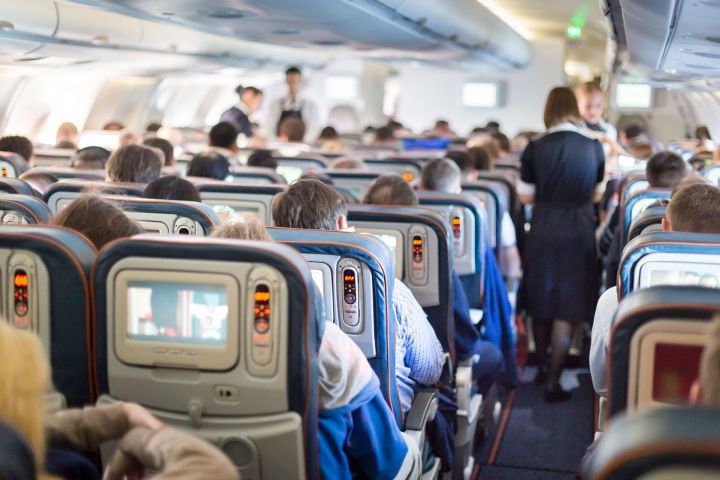
Fees for going online while airborne aren’t the only reason to shun the opportunity. Other concerns are data security, personal privacy, and potentially sluggish connection speeds. Capacity is a major factor in in-flight Wi-Fi pricing, The Cheat Sheet reports. Providers want to make money, but they also want the connections they provide to be fast enough for the people who sign up and using pricing to discourage casual use, which often means resource-intense streaming media. Gogo and other providers may not refer to it as “surge pricing” as ridesharing companies do, but in-flight Wi-Fi prices vary depending on the day of the week, ensuring that business travelers secure a sufficient share of the available bandwidth to get their work done.
Bandwidth is closely related to airborne Wi-Fi connection costs. Don’t assume expensive aircraft carry technology for multiple gigabit internet performance — more likely all the passengers on the flight will be sharing a connection between 3 to 70Mbps. If your preferred productivity, information, or entertainment applications time out when your work or home internet connection slows down, you’re unlikely to be a pleased when sharing an already paltry airborne connection, especially if you’re on a large plane filled to capacity. In the future there will be more bandwidth to share, but today, according to a Wall Street Journal article quoted by The Cheat Sheet, “Even those willing to pay more than $30 for Gogo on a cross-country flight don’t get speeds good enough to stream videos.”
If cost and performance don’t keep you from internet access on your next flight, security may. According to an Ars Technica report, in-flight Wi-Fi networks are less secure than wide-open free public Wi-Fi. Ars Technica’s Sean Gallagher wrote that airborne Wi-Fi is “a perfect environment for an attacker to undermine the security of other passengers’ communications.” He also reported that some in-flight networks block basic security tools such as secure HTTP and virtual private networks (VPNs). Do you really want your company’s financial data and next-quarter strategy open to that guy hunched down over his laptop in the window seat two rows back? How about the possibility of the kid across the aisle shipping gifts from Amazon to his friends using your 1-click Prime account?
So what’s a better alternative if in-flight Wi-Fi is slow and insecure? If you’re considering hooking up via your cellphone, as costly as that might be, don’t assume that’s any more secure. According to Quartz, U.S. and British intelligence agencies have been recording location and contents of cellphone connections above 10,000 feet since 2005. A better course is to work or entertain yourself offline, with downloaded documents or entertainment content. Or maybe read a book or just take a long nap.
Editors' Recommendations
- What is Wi-Fi calling, and how does it work?
- These are the apps people use the most on in-flight Wi-Fi
- Qualcomm’s FastConnect 7800 is the world’s first Wi-Fi 7 product
- HPE seamlessly blends private 5G and Wi-Fi networks
- Wi-Fi 6 will soon go mainstream and usher in the metaverse




